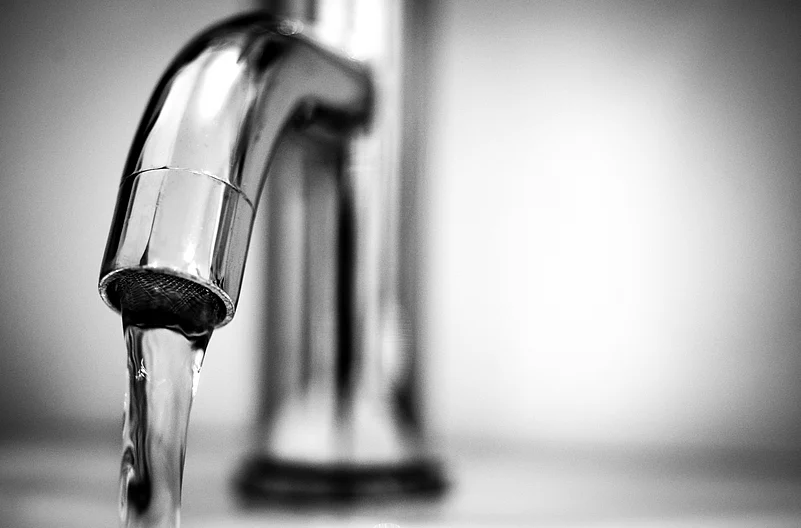A recent map has shed light on the states grappling with high levels of PFAS in their drinking water systems. PFAS, or perfluoroalkyl and polyfluoroalkyl substances, are human-made chemicals known as "forever" chemicals due to their persistence in the environment.
According to the Environmental Working Group's (EWG) interactive map, New Jersey, Massachusetts, California, New Hampshire, and Pennsylvania are the top five states with the most contaminated drinking water systems, reported Newsweek.
A closer look at the data reveals alarming numbers: New Jersey leads with 556 affected water systems, followed by Massachusetts with 439, California with 263, New Hampshire with 202, and Pennsylvania with 125.
David Andrews, Deputy Director and Investigations and Senior Scientist at EWG, highlighted the association between PFAS contamination and urban areas, particularly pointing to sources such as firefighter training facilities and airports, where firefighting foam containing high levels of PFAS is often used.
Moreover, industrial manufacturing facilities and landfilling of materials have contributed to elevated PFAS levels in water and air. Andrews emphasised the widespread use of these chemicals across various industries, indicating a significant challenge in addressing contamination.
In response to the growing concern, some states have taken proactive measures. California, for instance, has already implemented treatment for PFAS ahead of federal regulations. Similarly, Pennsylvania adopted maximum containment levels (MCL) last January, preceding federal guidelines.
David G. Miller, from the City of Manchester in New Hampshire, acknowledged to Newsweek that the impact of PFAS contamination on water sources, citing examples like groundwater wells near former military bases and industrial facilities. He emphasised the financial burden on water systems to meet regulatory standards.
President Joe Biden's administration and the EPA have introduced national limits on PFAS in drinking water, aiming to address health risks associated with these chemicals. However, Andrews noted that states with longstanding PFAS issues may have an advantage in compliance, having already initiated actions to mitigate contamination.
Michigan stands out as a model, having established its own drinking water standards for PFAS compounds and undertaking comprehensive testing across water systems. Officials express confidence in meeting federal standards, emphasising the importance of continued vigilance and investment in water infrastructure.
As communities navigate the challenge of PFAS contamination, experts advise individuals to stay informed about their local water quality and consider using home filtration systems to reduce exposure. Despite recent regulatory efforts, it will take time for widespread action to effectively address PFAS contamination in drinking water systems.



























